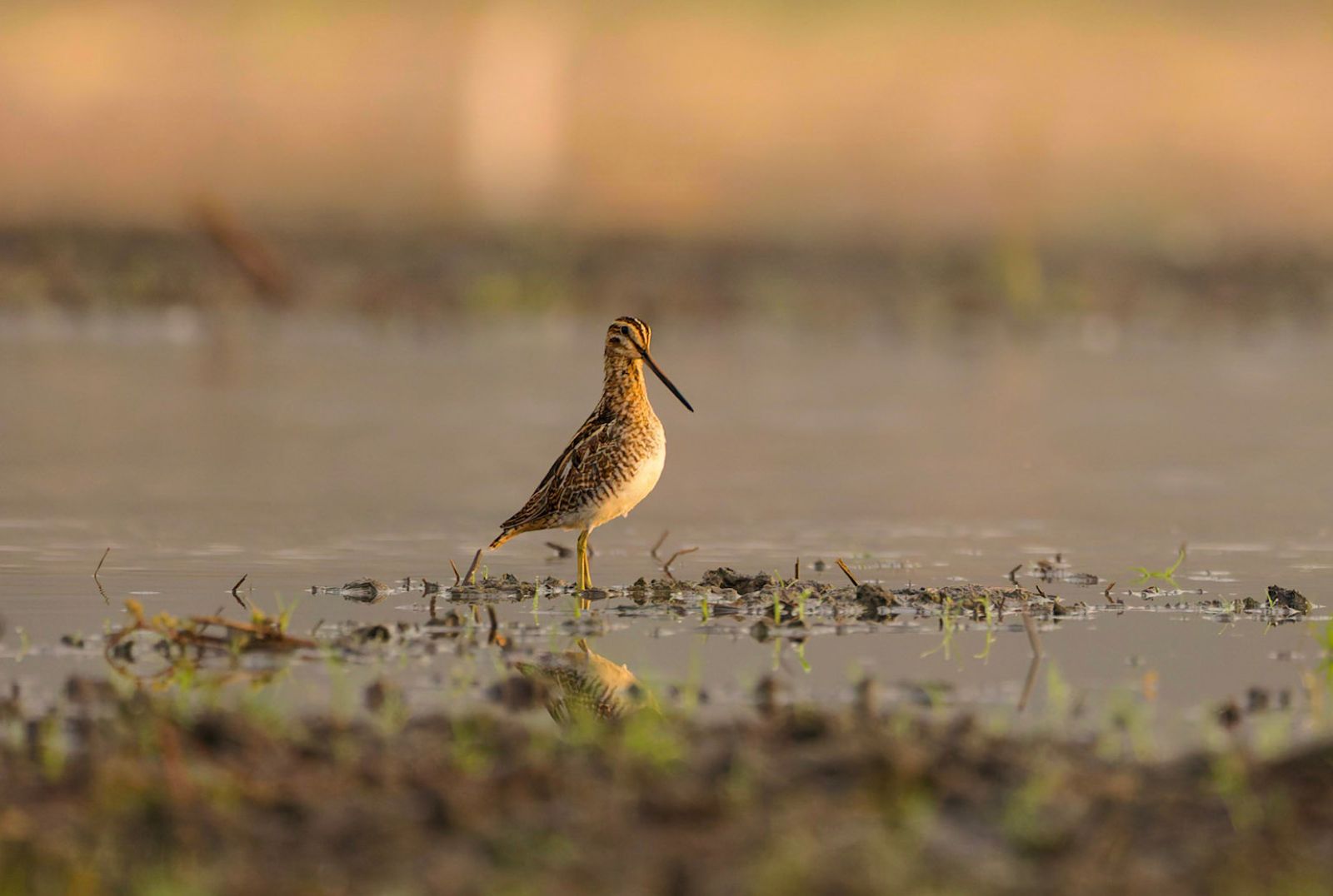An essential stopover for waders
Every year, millions of birds leave their nesting grounds in northern Europe for the Mediterranean and Africa. Among them, waders—small waders such as snipe, sandpipers, sandpipers, avocets, and stilts—must find shallow areas rich in insects and earthworms along the way to feed and rest.
However, these stopovers have become rare. In Switzerland, wetlands have declined sharply since the major water corrections of the Jura and agricultural intensification. The once abundant shallow marsh areas have almost disappeared. In the absence of such spaces, birds do not have suitable resting places to support their long intercontinental journey. It is in this context that the Association Escales Limicoles – Agriculture approached us to offer to flood one of our fields.
A site recognized by ornithologists
The area known as "Les Quatre-Vingts" had some special advantages. This plot of fertile black soil, owned by the City of Yverdon-les-Bains and used for our crops, already experienced brief natural flooding. Ornithologists had observed the presence of migrating waders there, especially in spring. Based on these observations, the association identified this field as an ideal site to provide the birds with a stopover point.
This is how, in 2017, we carried out the first voluntary flooding of the plot. Since then, the operation has been repeated every year, in spring or autumn, over an area of 5 hectares, the equivalent of 7 football pitches.
Impressive results
The success of the initiative has exceeded expectations. The highest number of observations was recorded in autumn 2021, with more than 8,000 birds recorded on the plot during the three months of controlled flooding. An exceptional figure! Another notable result: 29 different species of waders have been observed since the project began, including many rare birds in the region.
"Each flood transforms the field into a veritable haven for waders, who find food and rest there before continuing their long journey," emphasize Pierre Iseli and Christian Roulier, founders of the Association Escales Limicoles – Agriculture. "This site is an essential link in the network of migratory stopovers in Europe. Our ambition is to create a second one in the lower Orbe Plain, so that the birds have a stopover both in spring and autumn."
Reconciling agriculture and biodiversity
Implementing this operation requires adapting our crop planning, but it's relatively simple to implement. It only takes us 24 hours to flood the field, and thanks to a highly efficient drainage system, it becomes cultivable again just 2 to 3 weeks after the last birds have left.
“We are aware of the importance of preserving biodiversity. Making this land available is one of our ways of contributing,” explains Roland Stoll, owner and director of Stoll Frères. “The extensive drainage work carried out on this plot a few years ago allows us to avoid losing our crops during heavy rains and to organize controlled flooding, at an ideal time for both birds and us. It’s a win-win.”
A natural spectacle to discover
Birdwatchers and the curious can admire these migrants from an access point set up on the Thielle dike. Practical information and rules to follow can be found on the association's website: escales-limicoles-agriculture.ch/acces.

